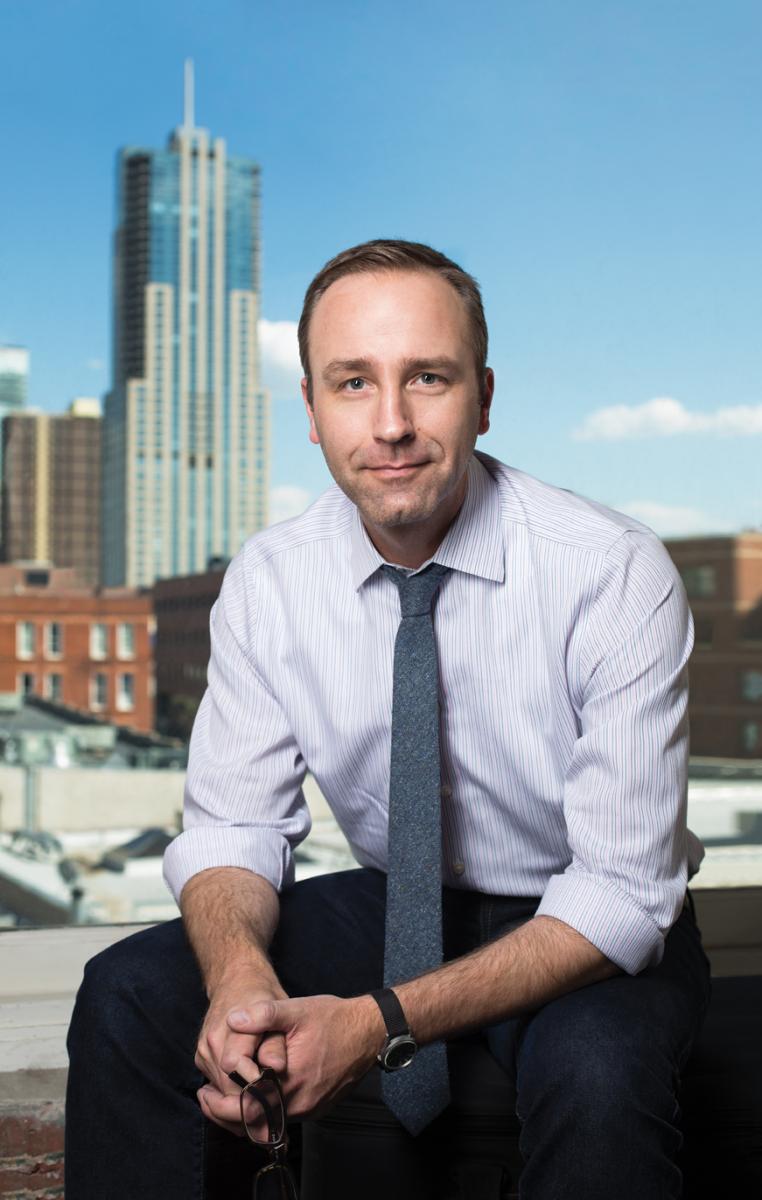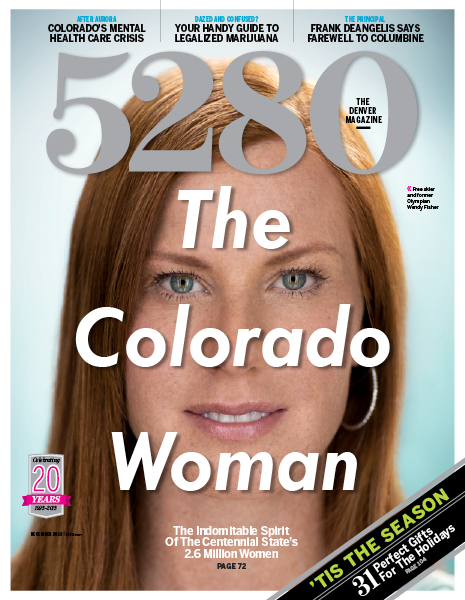The Local newsletter is your free, daily guide to life in Colorado. For locals, by locals.
Our editorial staff spends a lot of time thinking about what makes life in Colorado unique—what makes living here different from living in, say, California or Ohio or Massachusetts. There is, of course, the famous Colorado sunshine. There are the world-renowned Rocky Mountains and the mythic powder stashes. There are the Broncos and Red Rocks and the 5,000-plus acres of park space in the city of Denver.
But as anyone who has taken more than a moment to reflect on his or her home state will tell you, it’s the people that make the place. In every issue of 5280, we look at the personalities that give our city and state its distinct character; less frequently we pull the camera back and examine whole segments of the population. A little more than a year ago, we decided to do just that—specifically, to take a closer look at what it’s like to be a woman in Colorado today.
A little backstory: Two years ago we published our most recent power list, “The 5280 Fifty,” a compendium of the people who run Denver. Out of 50 people on the list, only 11 were women. As the list began to take shape, we had many discussions about the woeful imbalance, but we felt strongly that the story accurately reflected the power structure in Denver. We weren’t filling quotas, and, besides, a list that compiles and ranks anything, from a city’s best restaurants to its most powerful people, is inherently controversial and meant to spur conversation.
Mission accomplished. Between the chatter around town, the pointed letters we received, and the meetings we took after the publication of “The 5280 Fifty,” it became apparent quickly that people were upset with us. They were not angry about the order of the power players, however. They were angry about the lack of women in the story. And so we started a series of conversations, both internally and externally, to examine the issue. Why aren’t more women in traditional positions of power in the Mile High City and Colorado, and what does that mean? What does that say about life here, and what does it portend for a younger generation of women as they think about their careers and lives?
You can see the result of our reporting in “The Colorado Woman.” It’s a celebration of this state’s “independent, adventurous, and active” women (the three most popular adjectives used to describe Colorado’s female populace in our social media survey), but it’s also a look at the myriad challenges women still face in 2013. There is a substantial wage gap between men and women; there are male-dominated industries in which women continue to hit the proverbial glass ceiling; and female legislators face the deplorable and inexcusable threat of sexual violence when they take vocal stands on hot-button issues like gun control. As we flip the calendar to a new year, we hope “The Colorado Woman” will generate more dialogue about what it means to be a female in this state—about how far we’ve come as we strive for a more equitable society, and about how far we still have to go.









